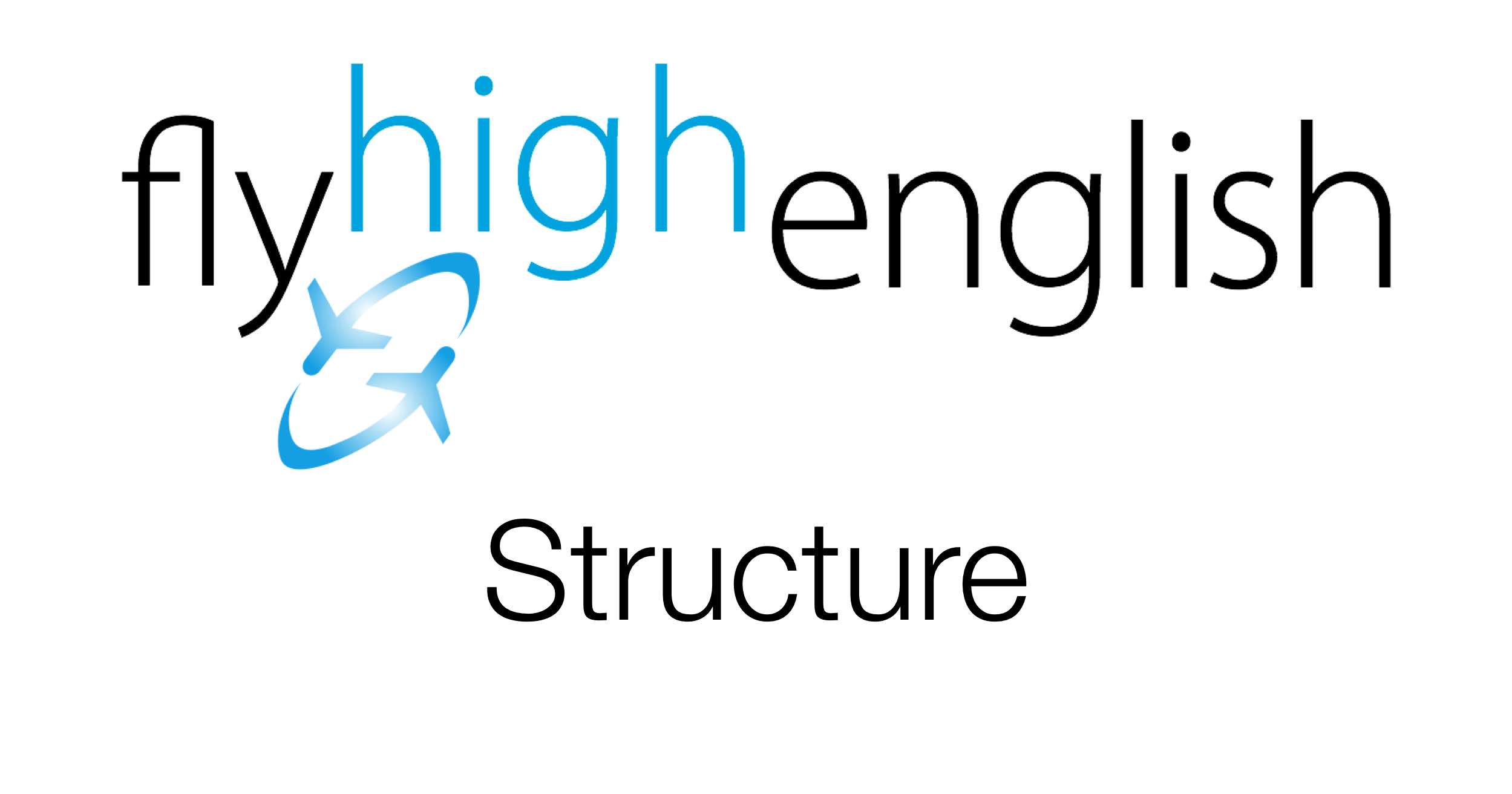
Using auxiliary verbs
In English, verbs do not have many forms, usually only five, so there are a limited number of things that these forms can express. In order to be able to express other ideas such as obligation, possibility, certainty etc… we have to use extra verbs. We call these verbs auxiliary verbs. Auxiliary verbs are ‘helping’ verbs that we use to help create a verb phrase with a certain idea. We often use auxiliary verbs in English to create negative statements; in the present simple for example we use the auxiliary verb ‘do’ to make negatives and questions.
I have a ticket for the flight. (no auxiliary verb)
I don’t have a ticket for the flight. (auxiliary ‘do’ in the correct form)
Do you have a ticket for the flight? (again, auxiliary ‘do’ in the correct form and position in the sentence to indicate a question here)
We also use ‘do’ as an auxiliary verb in the past simple to indicate negatives and questions.
In the continuous tenses we use the auxiliary ‘be’ to help create the tense. Let’s look at some examples from the present continuous.
We are working at the moment. (auxiliary needed in positive form)
We aren’t working at the moment. (auxiliary needed in negative form)
Are we working at the moment? (auxiliary needed in question form)
We also use the auxiliary ‘be’ to help create passive tenses.
Many planes are bought each year. (present passive with auxiliary ‘be’)
Many planes aren’t bought each year. (present passive in the negative)
Are many planes bought each year? (present passive in the question form)
In the perfect tenses we use the auxiliary ‘have’ to help create the tense. Let’s look at some examples from the present perfect.
We have taken off. (auxiliary needed in positive form)
We haven’t taken off. (auxiliary needed in negative form)
Have we taken off? (auxiliary needed in question form)
There is another groups of auxiliary verbs called modal auxiliary verbs which add meanings often related to ability, certainly, possibility and obligation. Here is a list of the modal auxiliary verbs;
can, could, may, might, must, should, ought to, shall, will & would
Again these can be used in positives, negatives and questions.
I can fly gliders. (ability)
I can’t fly gliders.
Can you fly gliders?
Be careful not to confuse auxiliary verbs with ‘verb + verb’ structures, in verb + verb structures, an auxiliary verb is necessary to make the some of the forms. Let’s look at the following example of a verb + verb structure (not an auxiliary structure).
I remembered to request the GPU.
I didn’t remember to request the GPU. (auxiliary ‘do’ necessary for a negative)
Did you remember to request the GPU? (auxiliary ‘do’ necessary for a question)
Follow us on Twitter here or Facebook here for more great content!


